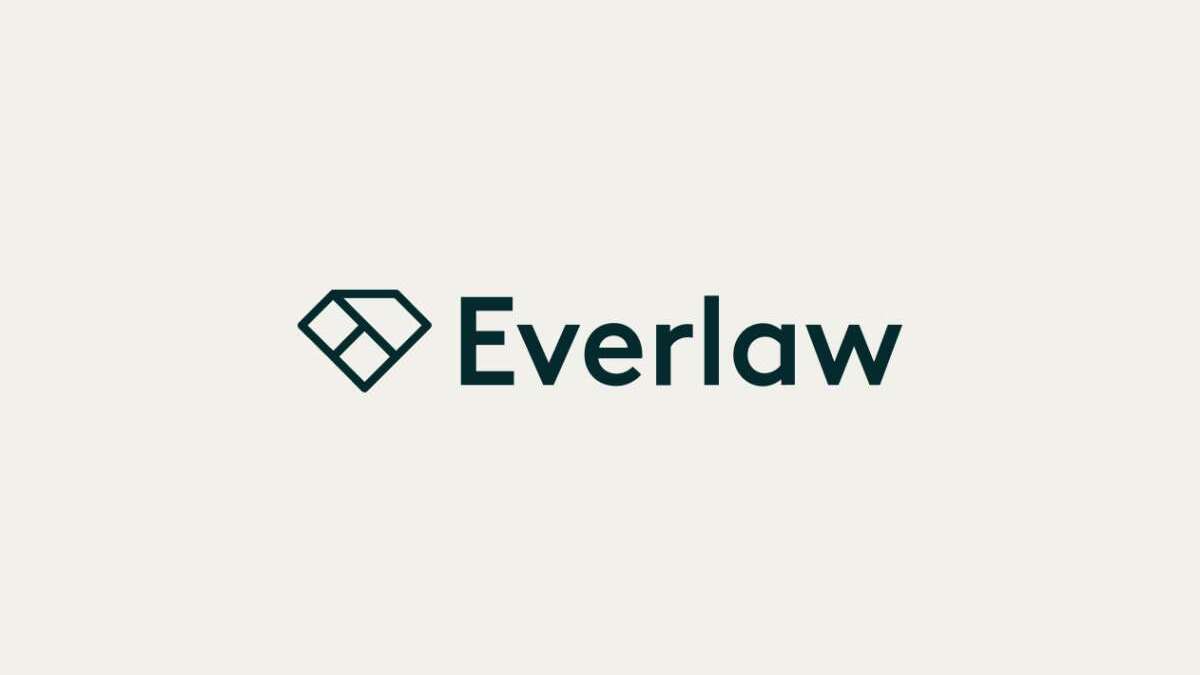Who might be interested:
Users who have an upcoming Data Subject Access Request.
What you will learn:
How to upload Native Data. How to set up a project with custom codes, persistent highlights, and how to add users. How to search for and redact key words. How to review documents by email thread or attachment family.
How you can learn:
There are several resources available depending on your learning style: comprehensive training videos, shorter topic-specific videos and helpful written guides.
Training Options
Attend Live Training
Everlaw for DSARs is offered every other week on Wednesdays at 10 AM GMT/BST.
Watch DSARs on Everlaw Deep Dive
Learn the ins and outs of DSARs on Everlaw in the 40 minute Deep Dive.
Schedule Custom Training
If you would prefer a private training session with a member of Everlaw’s Customer Success team to train a group of users and discuss a workflow that is specific to your organization, you can schedule a virtual training session at a time of your choosing.
Learn more about DSARs on Everlaw
Everlaw’s user friendly ingestion, review capabilities, and do-it-yourself production tools allows teams to get up and running on Data Subject Access Requests within hours. You can download our DIY DSAR guide as a pdf here, or check out the below resources:
First, upload data to Everlaw.
The first step in reviewing a DSAR on Everlaw is to upload data to the platform. Everlaw’s uploader is a directly accessible interface that allows users to upload data directly into the Everlaw platform. Read the Introduction to uploads help article.
Next, add users.
Once a user is added, you can control their permissions through user groups. If you are removing a user, you can choose to save their work product. Read the adding and removing users help article.
Configure permissions.
Granular permission settings give admins the confirmation that the proper permissions are distributed to users within that project. Permissions are determined by user groups. Read the user groups and permissions help article.
Set up codes.
Codes are used to note the relevance of documents. Documents are easily retrievable by review status or topic matter once they’ve been reviewed. Coding rules let admins enforce desired coding behavior. Together, codes and coding rules form the foundation of review. Read the codes and coding rules help article.
Enable redactions and prepare for Disclosure.
You’ll want to toggle On to allow for redactions and to prepare to produce. Read the production tools help article.
Set up persistent highlights.
Persistent highlights can be used to call out important or privileged words/phrases. Admins can create grouped and standalone highlights, and modify the color that highlights appear under in the review window. Read the persistent highlights help article.
Enable language tools.
Other case settings allow you to do things like require two-factor authentication, set the default assignment review criteria, turn on and configure the machine translation features, and add new Stories. Read the general settings help article.
Document Review
The coding panel is used to apply review product to documents. Coding presets can help you speed up and standardize the application of ratings, codes, notes, and other review product. Read the coding and coding presets help article.
There are numerous ways to apply redactions to documents. You can create redactions on specific parts of the document including metadata, use inverse redaction, or redact whole pages. Read the redaction help article.
Save time by reviewing documents automatically. From the results table, apply review product to multiple documents with one click. Read the batch actions help article.
Grouping lets you see related documents in the table. You can group by duplicates, attachment families, email threads, and versions. Read the viewing document groups in results table help article.
Prepare to Disclose: Production
For a high-level overview and demonstration of how to use the productions tool, you can read about creating productions.
You can enable your production tools and set up your project with productions in mind using specific coding categories. Read about production tools and custom redaction stamps.
For any feedback about this site or any questions about the trainings offered, please reach out to training@everlaw.com.
For all other questions, please reach out to support@everlaw.com, 1-844-EVERLAW (U.S.), or 0800-068-9249 (UK and EU).












